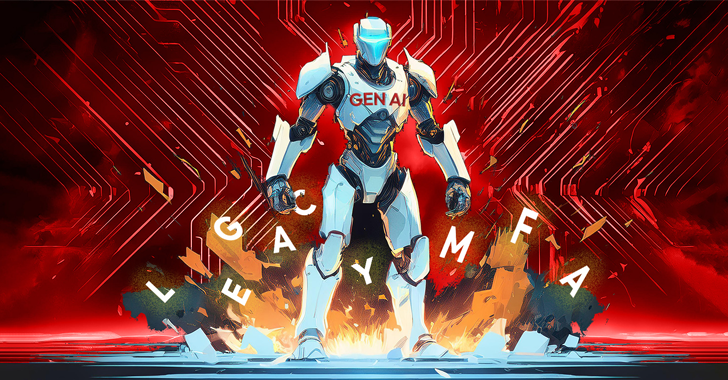The Hidden Risks of Legacy MFA
- November 4, 2024
- Posted by: claudia
- Categories:

The article discusses the alarming increase in ransomware attacks and the ineffectiveness of traditional security measures, particularly legacy Multi-Factor Authentication (MFA). The U.S. Department of Homeland Security, through its Cybersecurity and Infrastructure Security Agency (CISA) and the FBI, has issued a strong advisory urging organizations to abandon SMS-based one-time password (OTP) MFA in favor of more secure phishing-resistant MFA solutions. This call to action is underscored by significant rises in ransom payments, with the average ransom reportedly climbing from $400,000 to $2 million in just one year.
The report highlights a startling 500% surge in ransomware payments, with the median ransom reaching an unprecedented $20 million in 2023 versus $1.4 million in the previous year. The data illustrates not only the growing sophistication of cybercriminal techniques but also the vulnerabilities inherent in outdated security practices. CISA asserts that 90% of successful ransomware attacks begin with phishing, indicating that traditional legacy MFA systems are failing to offer adequate protection against these common attack vectors.
As cybercriminals have increasingly employed Generative AI to enhance their phishing tactics, organizations are finding themselves overwhelmed by the rapid evolution of cyber threats. Phishing attacks, now enhanced by AI, allow for the creation of highly convincing and personalized emails, making it difficult for even trained employees to recognize them as fraudulent. This trend has significantly contributed to the rising number of successful cyberattacks and highlights the inadequacy of conventional employee training.
The article details how adversaries are refining their strategies, often leveraging the enormous financial implications of their attacks to demand massive ransoms. High-profile cases, like the two-billion-dollar loss suffered by Change Healthcare, underscore the urgency for organizations to bolster their defenses. The intersection of AI capabilities and traditional phishing methods has rendered existing employee training increasingly ineffective against these emerging threats.
Moreover, the article points out that while MFA has long been a foundational security measure, older systems, such as OTP through SMS, are easily bypassed through a variety of modern tactics, including phishing and SIM swapping. This inadequacy has manifested in the majority of ransomware cases, further complicating the challenge of protecting sensitive information.
In addition to phishing techniques, the rise of deepfake technology poses a new threat where cybercriminals imitate trusted figures using AI-generated voices and videos. Such technological advancements enable attackers to conduct sophisticated social engineering attacks, capturing the trust of employees to facilitate credential theft or unauthorized transactions.
An essential part of the discussion is the call for organizations to transition to phishing-resistant MFA. Emphasizing the necessity for these next-generation solutions, the article advocates for the adoption of FIDO2-compliant technologies and biometric authentication methods, such as facial recognition and fingerprints. These solutions not only provide robust protection but also enhance user experience by minimizing reliance on susceptible passwords.
Biometric authentication is highlighted as a key player in fortifying security. With unique traits making them difficult to replicate or steal, biometric modalities offer a seamless and more secure alternative to traditional password-based systems, significantly mitigating risks associated with phishing and other cyber threats.
In conclusion, the rapidly advancing landscape of cyber threats exacerbated by the proliferation of Generative AI underscores the critical weaknesses in legacy security practices. Organizations are urged to implement phishing-resistant MFA solutions to combat escalating ransomware and data breaches effectively. Adopting modern, robust authentication measures is paramount to maintaining security in a constantly evolving digital environment, where threats continue to grow more sophisticated and pervasive. The article encourages stakeholders to prioritize investing in advanced security frameworks as a means to safeguard their assets and data against prevalent threats.
